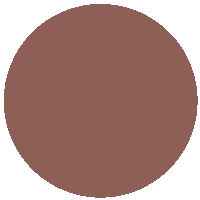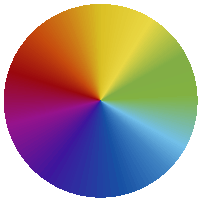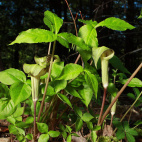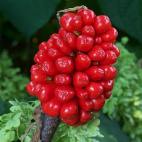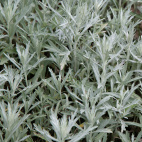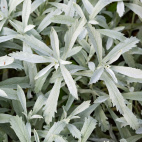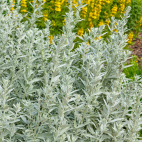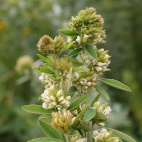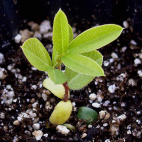Color
Availability
USDA Zone
Region
Type
Duration
Season
Germination
Soil
Sunlight
Height
Use
Narrow Your Search
Color
Availability
USDA Zone
Region
Type
Duration
Season
Germination
Soil
Sunlight
Height
Use
Wildflower Seeds - Northern Region
The Northern region is home to our Canadian friends in the eastern provinces, as well as the northern-most part of the Eastern US. This area is characterized by a long, cold winter with lots of snow, and a short humid summer that only lasts about 3 or 4 months. Most of the area is classified as a UDSA Growing Zone 4 or less, and the species that grow here have interesting ways to perpetuate themselves in spite of the short growing season. There are a lot of forests and wetlands in this region, so adequate moisture is hardly ever a problem. Look up your growing zone to make sure that the Northern wildflower seeds that you want to grow are winter hardy. Alternatively, just order annual flower seeds online so that the plant does not need to make it through the winter, but can reseed itself and come back from seed the next year.
-
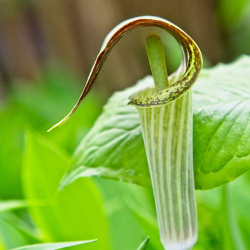 Store in the FridgeOn Sale!
Jack in the Pulpit Seeds
Arisaema triphyllum
Named for its resemblance to a preacher in a canopied pulpit, this unusual plant sends up a hooded flower. This fascinating native plant grows in woodland and marsh areas across much of the Eastern US.Quick View$3.75 Pkt - $54.00 / Oz
Store in the FridgeOn Sale!
Jack in the Pulpit Seeds
Arisaema triphyllum
Named for its resemblance to a preacher in a canopied pulpit, this unusual plant sends up a hooded flower. This fascinating native plant grows in woodland and marsh areas across much of the Eastern US.Quick View$3.75 Pkt - $54.00 / Oz -
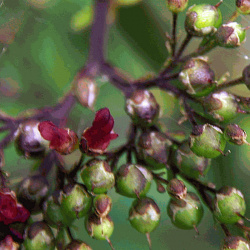 On Sale!
Late Figwort Seeds
Scrophularia marilandica
Though not usually noted for its appearance, this novel plant is rich in nectar. The small seed balls attract an abundance of butterflies, hummingbirds, and bees.Quick View$3.75 Pkt - $52.00 / Oz
On Sale!
Late Figwort Seeds
Scrophularia marilandica
Though not usually noted for its appearance, this novel plant is rich in nectar. The small seed balls attract an abundance of butterflies, hummingbirds, and bees.Quick View$3.75 Pkt - $52.00 / Oz -
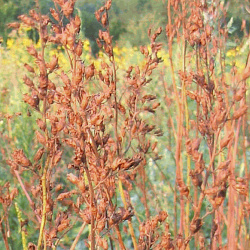 On Sale!
Prairie Alumroot Seeds
Heuchera richardsonii
This native wildflower provides interest to a prairie planting in the spring while many of the warm season species are still sleeping. It sports tall, flowering stalks extending from low-lying, clumpy plants, and makes an early-season pollen source for pollinators.Quick Viewx
On Sale!
Prairie Alumroot Seeds
Heuchera richardsonii
This native wildflower provides interest to a prairie planting in the spring while many of the warm season species are still sleeping. It sports tall, flowering stalks extending from low-lying, clumpy plants, and makes an early-season pollen source for pollinators.Quick ViewxPrairie Alumroot Seeds
Heuchera richardsonii
This native wildflower provides interest to a prairie planting in the spring while many of the warm season species are still sleeping. It sports tall, flowering stalks extending from low-lying, clumpy plants, and makes an early-season pollen source for pollinators.
$3.96 Pkt - $120.00 / Oz -
 Prairie Sage Seeds
Artemisia ludoviciana
This attractive plant will fill the air with a spicy scent. The silvery foliage stands out in beautiful contrast in native plantings, as well as being a carefree, bushy ground cover.Quick View$3.75 Pkt - $28.00 / Oz
Prairie Sage Seeds
Artemisia ludoviciana
This attractive plant will fill the air with a spicy scent. The silvery foliage stands out in beautiful contrast in native plantings, as well as being a carefree, bushy ground cover.Quick View$3.75 Pkt - $28.00 / Oz -
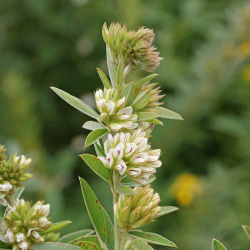 On Sale!
Round Headed Bush Clover Seeds
Lespedeza capitata
These creamy white flowers are a nice addition to a native wildflower planting because they are a favorite of small animals and birds, as well as bees and butterflies. This native is a perennial legume and helps build nutrients in the prairie soil.Quick Viewx
On Sale!
Round Headed Bush Clover Seeds
Lespedeza capitata
These creamy white flowers are a nice addition to a native wildflower planting because they are a favorite of small animals and birds, as well as bees and butterflies. This native is a perennial legume and helps build nutrients in the prairie soil.Quick ViewxRound Headed Bush Clover Seeds
Lespedeza capitata
These creamy white flowers are a nice addition to a native wildflower planting because they are a favorite of small animals and birds, as well as bees and butterflies. This native is a perennial legume and helps build nutrients in the prairie soil.
$3.48 Pkt - $14.49 / Oz
The Northern region is home to our Canadian friends in the eastern provinces, as well as the northern-most part of the Eastern US. This area is characterized by a long, cold winter with lots of snow, and a short humid summer that only lasts about 3 or 4 months. Most of the area is classified as a UDSA Growing Zone 4 or less, and the species that grow here have interesting ways to perpetuate themselves in spite of the short growing season. There are a lot of forests and wetlands in this region, so adequate moisture is hardly ever a problem. Look up your growing zone to make sure that the Northern wildflower seeds that you want to grow are winter hardy. Alternatively, just order annual flower seeds online so that the plant does not need to make it through the winter, but can reseed itself and come back from seed the next year.


